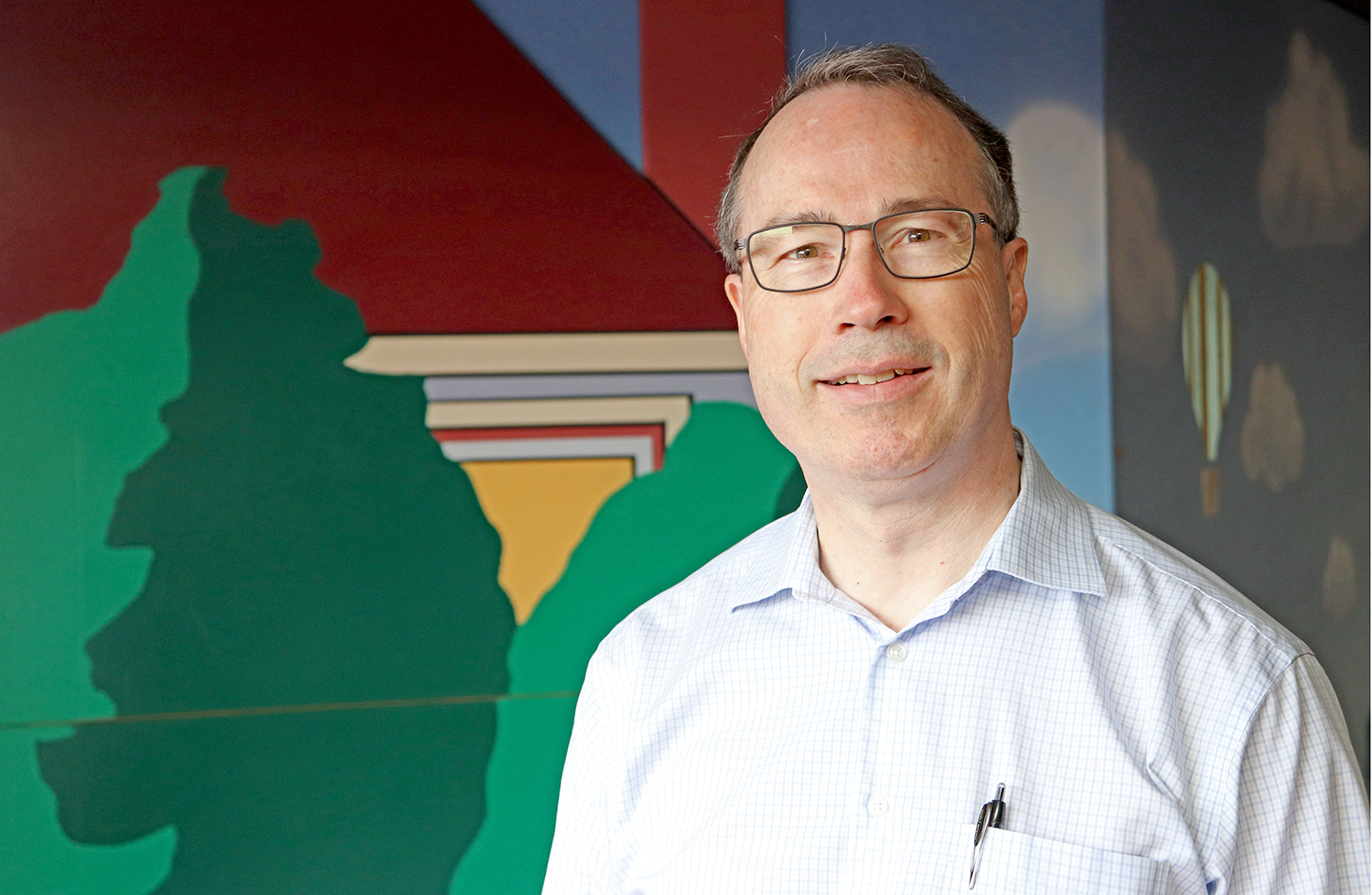
USask pediatric residency program begins in Regina
Saskatchewan now has its first Regina-based pediatrics residency program.
By Kristen McEwenIn July, two pediatric residents started their training at the University of Saskatchewan (USask) College of Medicine Regina campus, where roughly 30 per cent of all USask medical students train each year.
“We’re excited to have residents based here,” said Dr. Bruce Holmes (MD), a resident teaching co-ordinator at the Regina campus. “It is still part of the USask pediatric residency program but the environment is different from that in Saskatoon.”
The College of Medicine Regina campus opened at the Regina General Hospital (RGH) in 2006. The Regina campus includes the Health Sciences Learning Centre, the Dilawri Simulation Centre and a health sciences library. About 120 USask medical doctor (MD) students are trained in Regina each year at RGH, out of the total of 400 MD students enrolled in USask medical school.
In addition to the two pediatric residents who started in Regina this past summer, six others started their training in Saskatoon in 2019. In total, there are more than 450 residents across all programs in the province, with 75 based in Regina as of March, 2020.
Residency is a key part of every doctor’s medical training. Students must complete an undergraduate degree before applying to medical school, which is a four-year program. Once students have completed medical school, they are required to complete residency programs, which can be between two and seven years depending on the specialty.
While residents have always travelled between the cities and to sites across the province for their training, this is the first time two residents are based in the Queen City.
With the number of children being treated out of hospitals increasing over the years, doctors need to be prepared for a wide range of experiences. Since he began practicing medicine 35 years ago, Holmes said there are far fewer hospital beds needed for pediatric in-patients. Resident training programs, such as the four-year pediatric program, are moving to a more distributed model to ensure residents have enough hands-on experience in the outpatient setting.
“Rather than staying for four years in one hospital, we need to send (residents) to other places to get a full range of experience of what we’re trying to teach,” he added.
Since doctors are training to treat and care for children across the province, there needs to be a program in the southern part of the province, to complement the Jim Pattison Children’s Hospital in Saskatoon.
“It’s important to step out of the ward and into the community where you see children with types of problems that aren’t bringing them into the hospital,” he said. “Residents need to learn more about chronic health issues, not just acute ones.”
Holmes noted that, “Regina-based residents will still need to spend some of their time at the Jim Pattison Children’s Hospital in Saskatoon as part of their training, particularly for intensive care and sub-specialty experience.”
“The ultimate goal is to produce good pediatricians,” he added.
